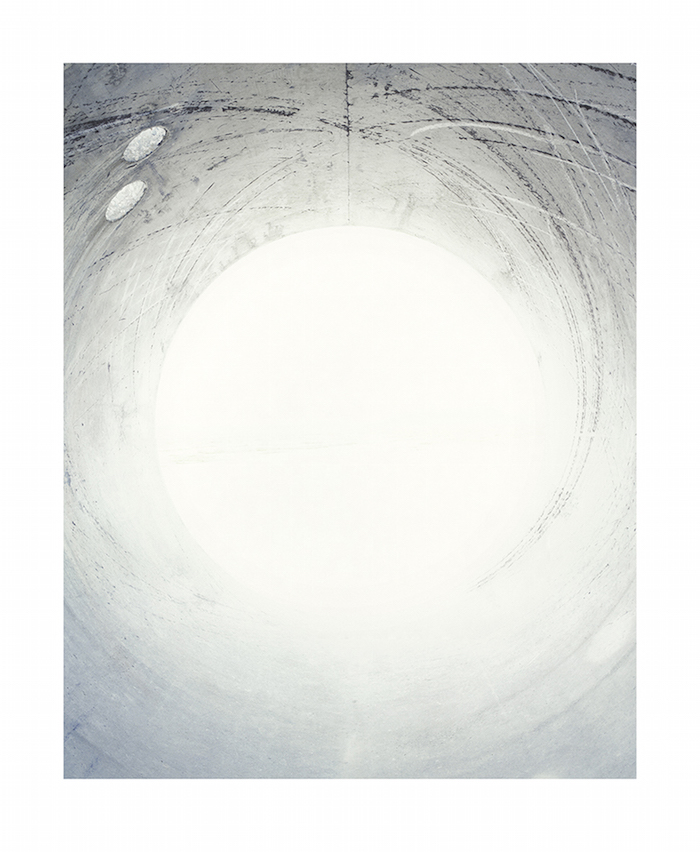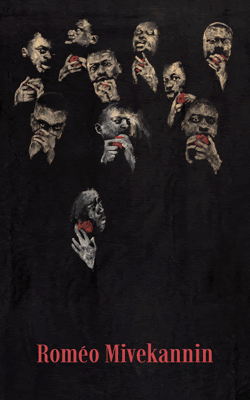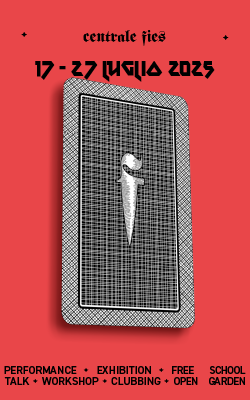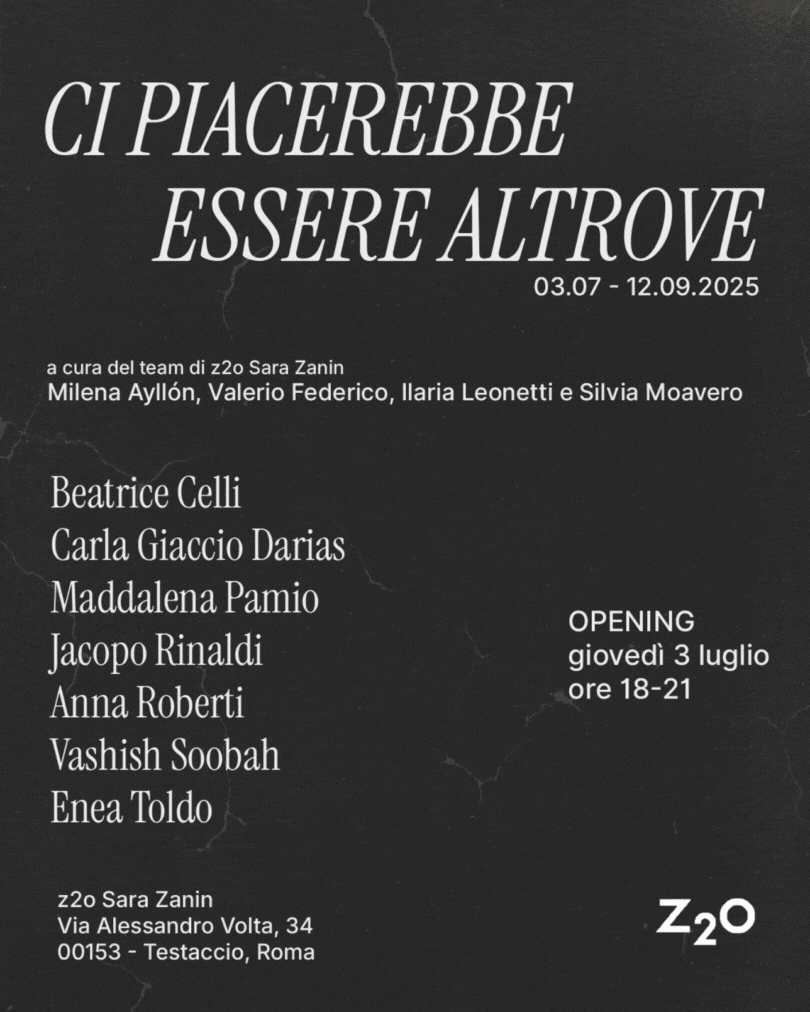[nemus_slider id=”42626″]
Scroll down for the English text
Suona quasi perentorio il fatto che la scelta di fotografare dettagli, siano finestre, fonti di luce, armadi o porte, non sia dettata dalla volontà di registrare, documentare o, più poeticamente, rivelare il nascosto, il non visto, ma bensì dalla necessità di esprimere “l’esperienza di quegli spazi da un punto di vista reale”. Questo aspetto quasi pragmatico, arricchisce le visioni di Luisa Lambri di un portato esistenziale che mi era sempre sfuggito.
Affascinata più dalla bellezza e l’armonia delle proporzioni, dall’equilibrio tra elementi organici e inorganici – penso alla bellissima serie dedicata alle architetture di Louis Barragan, anche alla serie diafana e spirituale che immortala il Cimitero Monumentale Brion di Carlo Scarpa – ho sempre tralasciato di considerare le sue fotografie come il frutto di percorsi reali, di spostamenti fisici, di “misurazioni” quotidiane con un corpo personale o collettivo. Un aspetto che, invece, è sostanziale nella sua ricerca.
Per la sua recente mostra ospitata allo Studio Guenzani fino al 30 maggio, la Lambri presenta un lavoro che ha tratto ispirazione dal movimento Light and Space del Sud della California, al Neo Concretismo brasiliano e al Minimalismo, movimenti che, nel tempo, l’artista ha preso speso come riferimento per la sua produzione. In particolare, la serie in mostra rivela dettagli astratti e fortemente suggestivi dei “Sun Tunnels” (1976) di Nancy Holt collocati su un pezzo di deserto nella Box Elder County, nello Utah. Difficili da trovare, mal segnalati e poco servita dai tragitti asfaltati, i “Sun Tunnels” sono composti da quattro tubi di cemento lunghi 5, 5 metri e ampi 2, 7, posizionati strategicamente in modo da mettere in risalto le costellazioni celesti, oltre che il Sole durante il solstizio d’estate e quello d’inverno.
Le fotografie della Lambri, rose dalla una surreale luce bianca, siderale, trasformano la pesantezza e desolazione di questi grandi volumi di cemento in eteree presenze. Sembrano tante cose: dei pianeti, delle eclissi, dei segni astratti su delle pareti circolari. Smaterializzati, ridotti a condotti luminosi, i “Sun Tunnels” sono trasformati dalla sua visione Lambri in fenomeni luminosi, irreali presenze effimere… Come incipit di questa serie, la Lambri ha deciso di esporre anche una fotografia realizzata all’Isabella Stewart Gardner Museum di Boston. Pur non avendo una nesso diretto con la serie dei “Sun Tunnels”, questa immagine sembra condurre ad un uguale percorso verso una potente fonte luminosa, verso una rivelazione.

Studio Guenzani presents an exhibition of new photographs by Luisa Lambri.
Focusing primarily on photography, Lambri’s work is characterized by an engagement with a broad spectrum of subjects revolving around the human condition and its relationship to space. She mostly concentrates on domestic architecture, but instead of representing entire houses (by architects such as Alvar Aalto, Mies van der Rohe, Marcel Breuer, Richard Neutra, Oscar Niemeyer, Luis Barragan, Frank Lloyd Wright, John Lautner, Rudolph Schindler and Giuseppe Terragni among others), the artist focuses on details, particularly windows, often light, closets or doors. Lambri has stated that her highly poetic abstractions do not represent the actual physical spaces she is photographing but rather introduce the experience of being in the spaces and being defined and reflected by both the physical but also the ideological weight of the structures. Formally the works present themselves as lyrical and understated abstract compositions of lines, grids, which occasionally allow organic material such a plants or flowers to take over the rigid forms. The minimal photographs reference abstract geometric painting from the early 20th century to evoke situations of transcendence and spirituality.
Her recent work has been informed by The Light and Space movement of Southern California, Brazilian Neo-Concrete art as well as Minimalism, which are also frequent references. Recently Lambri photographed the work of Donald Judd and Lygia Clark among others. Her photographs of Nancy Holt’s Sun Tunnels in the Utah desert, which will be shown for the first time on this occasion, are part of this ongoing series. In the exhibition at Studio Guenzani there will also be a photograph of the Isabella Stewart Gardner Museum in Boston, which shares a similar approach to and use of space as a reflection of one’s identity.












